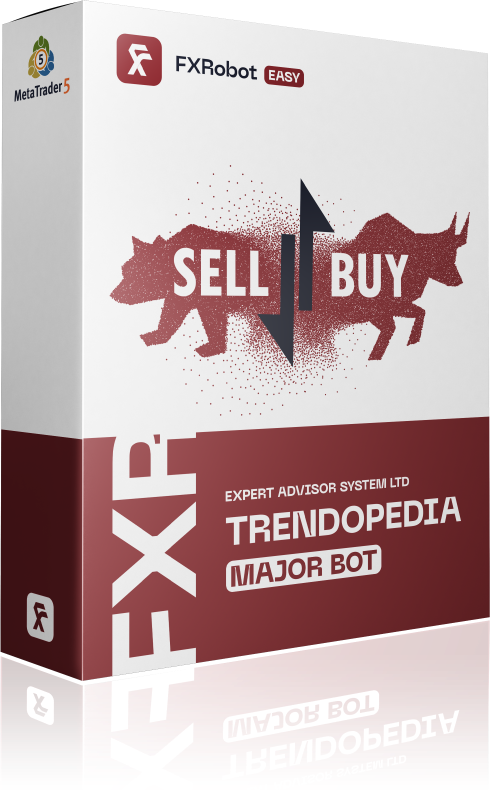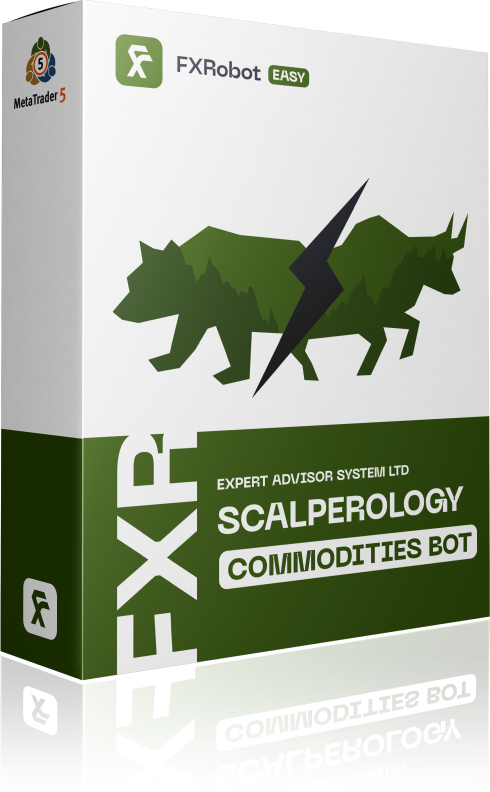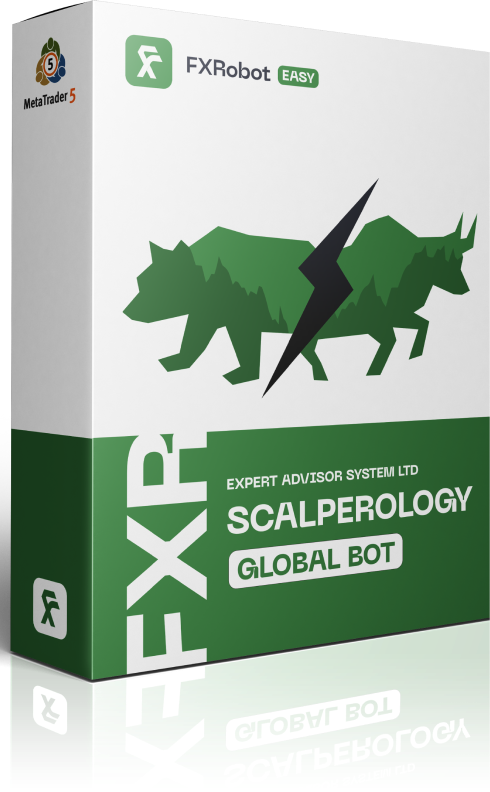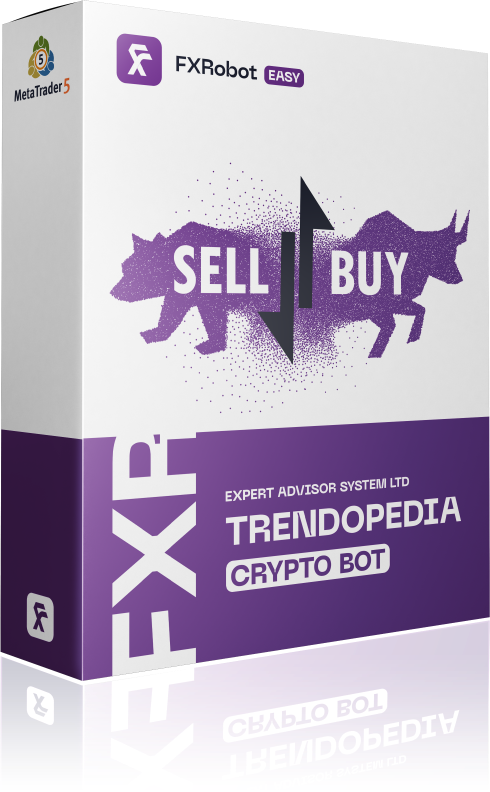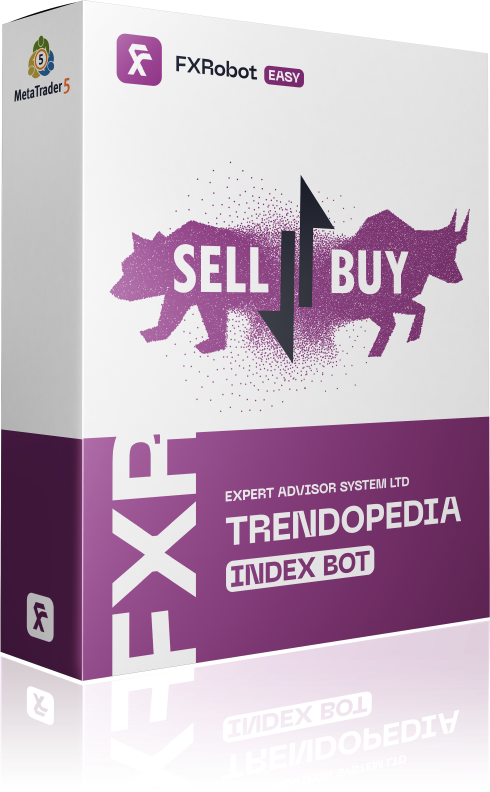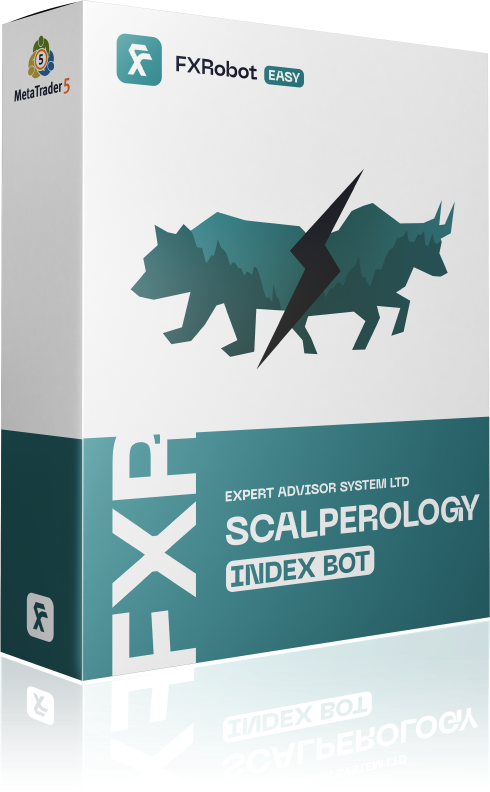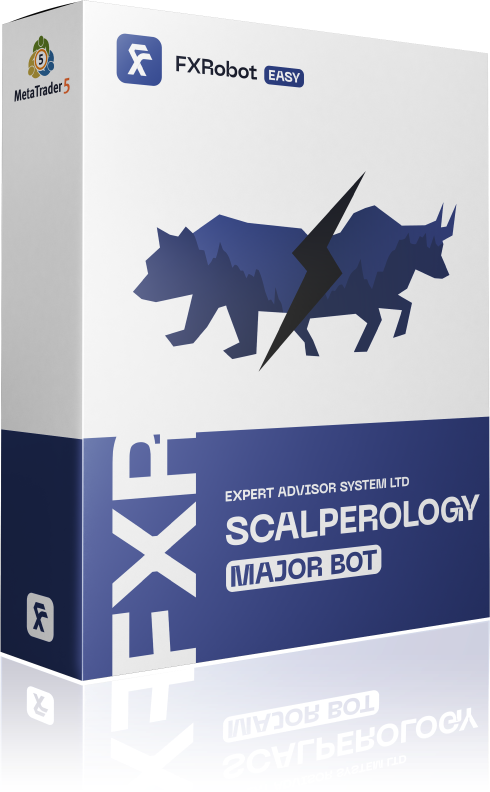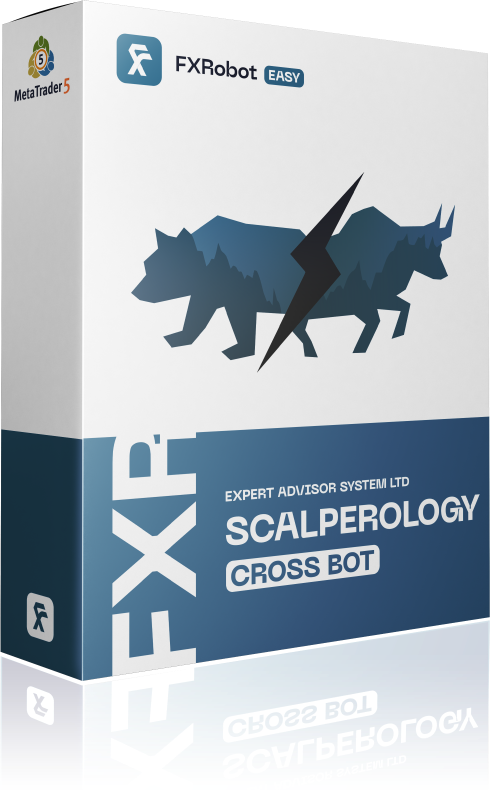At this time, purchasing EASY Bot items is not available to all members. Read more - how to get access to purchase
FAQ
1. Data Collection
Real-Time Tick Data Acquisition: EASY Trading AI begins with the collection of real-time tick data from financial markets. This data is highly granular and includes every price change, the volume of trades, and the exact timestamp of each transaction. Such detailed data capture allows the system to monitor market movements at the most fundamental level.
Integration with Trading Platforms: The AI system integrates directly with trading platforms (like MetaTrader 5) to stream live data continuously. This integration ensures that the AI has access to up-to-the-minute data, which is crucial for the high-frequency trading environments like Forex and cryptocurrencies.
2. Data Processing
Cleaning and Normalization: Once the data is collected, it undergoes rigorous cleaning processes. This involves removing any inaccuracies or anomalies that might skew the analysis, such as duplicate entries or corrupted data points. Following cleaning, data normalization occurs to ensure that disparate data types (like prices from different markets) are comparable on the same scale.
Feature Engineering: In this crucial step, EASY Trading AI transforms the raw tick data into a set of features that are more meaningful for analysis. This might include:
- Calculating moving averages to smooth out price trends.
- Deriving volatility indices to gauge market stability.
- Computing momentum indicators to capture the speed of price movements.
These features provide a deeper insight into the market dynamics and are pivotal for the subsequent modeling phase.
3. Data Analysis and Model Training
Algorithm Selection: EASY Trading AI uses a variety of machine learning algorithms depending on the task. For predictive modeling, algorithms like neural networks, decision trees, and ensemble methods might be used. For pattern recognition (identifying specific market conditions), clustering or classification algorithms could be employed.
Model Training: The selected algorithms are trained on historical data using the engineered features. This training involves adjusting the model parameters to minimize prediction errors, a process often facilitated by techniques like backpropagation in neural networks.
Validation and Optimization: Once trained, the models are validated using separate datasets to test their predictive power and generalizability. This is crucial to avoid overfitting—where a model performs well on training data but poorly on unseen data. Additionally, hyperparameter tuning is performed via methods like grid search or random search to find the optimal settings for the best model performance.
4. Implementation and Feedback Loop
Real-Time Prediction and Trading: Trained models are deployed to make real-time predictions based on live market data. Predictive outputs are used to make automated trading decisions, adjusting strategies based on current market conditions.
Continuous Learning: One of the defining features of EASY Trading AI is its ability to learn continuously from new data. As the AI processes more data, it can refine its predictions and adjust its models. This ongoing learning is facilitated by reinforcement learning techniques, where the AI system learns from its past trades, optimizing future decisions based on rewards (profitable trades) and penalties (losses).
Analytics and Reporting: To ensure transparency and facilitate continuous improvement, EASY Trading AI generates detailed analytics and performance reports. These reports allow traders and system administrators to monitor the system’s effectiveness and make informed adjustments where necessary.
In summary, EASY Trading AI processes and analyzes data through a sophisticated blend of data engineering, advanced machine learning, and continuous performance optimization. This comprehensive approach ensures that the strategy remains robust and adaptable, capable of navigating complex and fast-paced trading environments efficiently.
